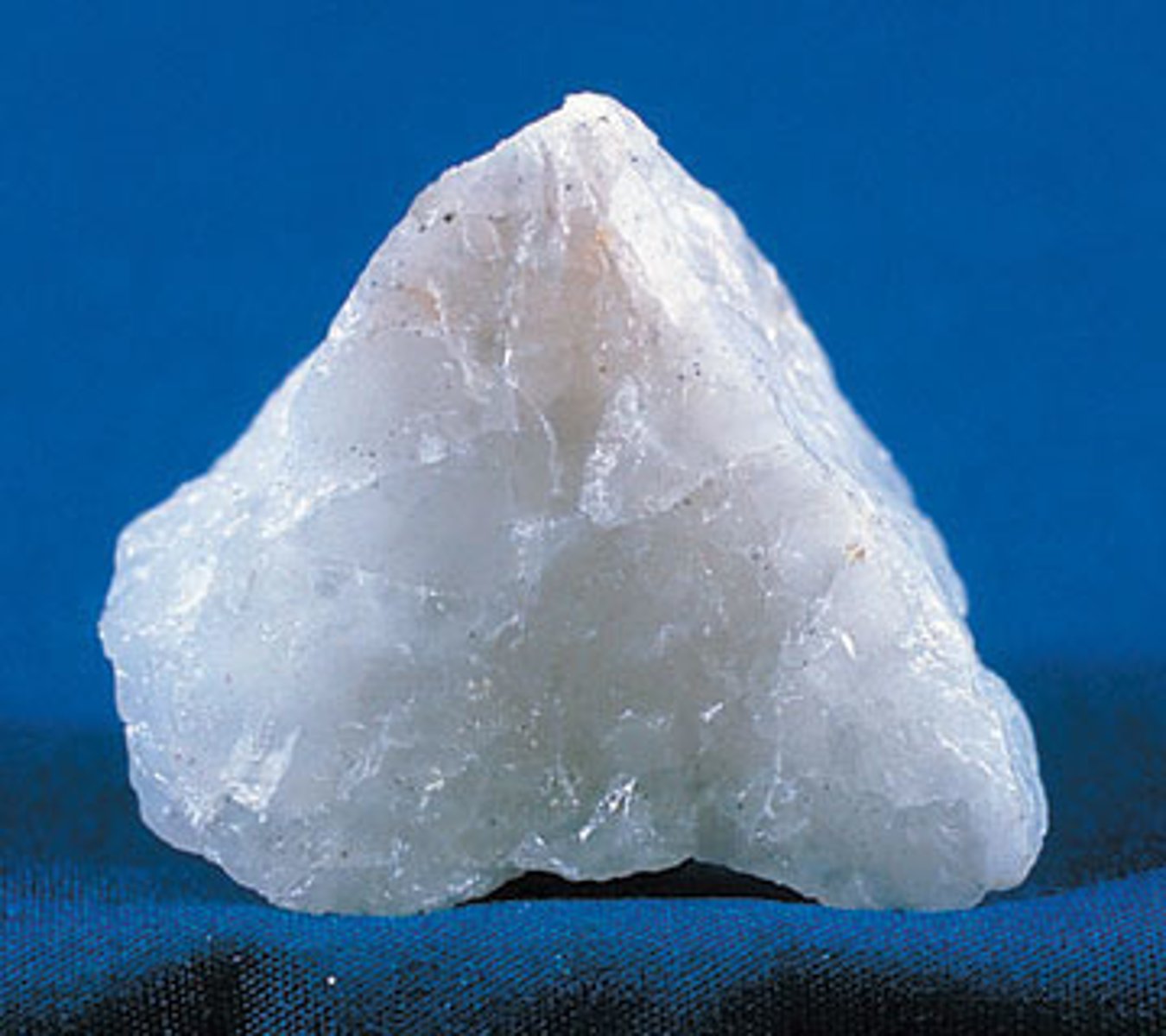Mineral Identification and Properties Quiz
1/42
There's no tags or description
Looks like no tags are added yet.
Name | Mastery | Learn | Test | Matching | Spaced |
|---|
No study sessions yet.
43 Terms
silicates
Mineral group composed of tetrahedrons.
streak
The color of a mineral when powdered.
sedimentary rocks
Rocks that form at or near Earth's surface by the cementing of grains or precipitation from water.
Mohs hardness scale
A scale that ranks minerals based on their hardness.
ion
A building block of matter that has either a positive or negative charge.
glass
Not considered a mineral because it does not have a crystal structure.
silicate group
The most abundant mineral group in Earth's crust and mantle.
metallic bond
Type of bond expected to be found in gold.
igneous rock
Type of rock that forms by solidification of molten rock.
quartz
A mineral that can appear as a clear to opaque white crystal stone. reacts to hydrochloric acid.

pyrite
A mineral represented by the formula FeS2. Pyrite has nonmetallic luster and two planes of cleavage. Pyrite has one plane of cleavage and is magnetic. Pyrite has a golden streak and a cubic crystal habit. Pyrite has metallic luster and a cubic crystal habit.
Luster
Luster refers to the way the mineral scatters light.
Crystal Habit
Crystal habit is the shape that euhedral crystals take during unencumbered growth.
Mineral
Of the choices, only salt (halite) is a mineral.
Softest Mineral
Talc is the softest common mineral.
Streak Color
The streak color obtained when the mineral is scratched against a porcelain plate is only useful if the mineral is softer than porcelain.
Natural Glass
Natural glass is NOT considered a mineral because it does not have a fixed crystalline structure.
Potassium Feldspar
Potassium feldspar (KAlSi3O8) is in the silicates mineral class.
Minerals
Not all minerals are compounds of more than one element. Minerals are all naturally occurring solid substances with a definable chemical composition.
Table Salt
Halite is more commonly known as table salt.
Non-Mineral
Petroleum is NOT a mineral.
Silicate Mineral
Olivine is a silicate mineral.
Conductive Minerals
Native metals are highly conductive because of metallic bonding.
Mohs Hardness Scale
Diamonds are more than seven times as hard as quartz.
Mineral Class
The mineral class that makes up more than 95% of rocks in the continental crust is termed the silicates.
metallic elements
Elements such as iron, calcium, or magnesium.
vitreous luster
A nonmetallic, vitreous luster.
fixed crystalline structure
Spatial arrangement of atoms and ions.
streak
The color of a mineral in powdered form.
cleavage in minerals
A tendency to break along planes of weakness.
trace amounts of impurity
Can commonly produce significant differences in color among individual crystals of this mineral.
Calcite (CaCO3)
Belongs to the carbonate mineral class.
hardness in minerals
Refers to the ability to resist being scratched.
calcite
The mineral that reacts with hydrochloric acid.
olivine
Belongs to the silicate mineral class.
Pyrite (FeS2)
Belongs to the sulfide mineral class.
tetrahedral structure
Forms the backbone of all silicate minerals and is composed of silicon and oxygen.
halides
The class of minerals that includes a substance commonly known as table salt.
cubic zirconia
Is manmade and therefore not considered a mineral.
cleavage
Refers to the manner in which minerals break along atomic planes.
fracture
Refers to breaking in minerals that is random (or nonplanar).
color in minerals
Can be useful for identifying some minerals but not others, as some minerals have consistent colors while others do not.
Earth's building blocks
Minerals are referred to as such because Earth is composed of many different types of rocks, which are made of a mixture of minerals.